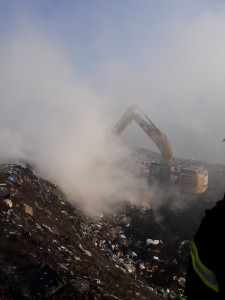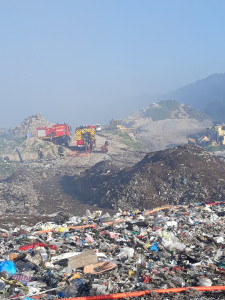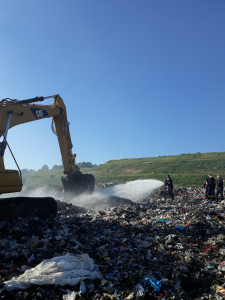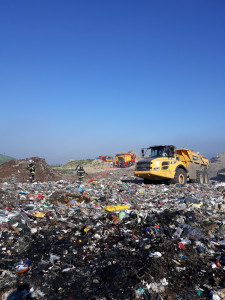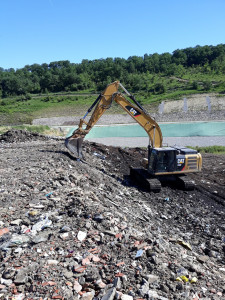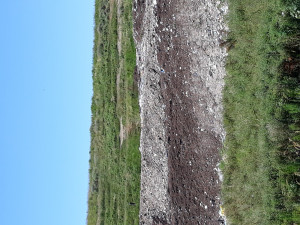One Saturday at around 6:45 a.m., a fire broke out in a cell at a landfill. Following a technical issue with the motors of the biogas recovery unit, the on-call technician went to the site and saw a large amount of smoke coming from the cell. Firefighters extinguished the fire at around 10:30 a.m. An employee covered the seat of the fire with inert materials. A total of 125 m³ of waste was burnt. The site was monitored over the weekend. The firewater was collected by the cell’s leachate collection system. The cell was returned to service the following Monday morning.
The fire started during a period of high heat whilst the landfill was closed. Two of the site’s three compactors were down, limiting the efficiency of compaction operations. The presence of residual air pockets may have increased the risk of fire. A meeting with firefighters was planned to discuss the experience feedback from the accident and the response.
Another fire had occurred at this site one year earlier (ARIA 49621).
Following this new event, the operator:
- had the two downed compactors repaired;
- had on-call technicians monitor the site every weekend during the summer;
- reiterated the instructions on the compaction of waste: compaction must be continuous and compactors must be parked at weekends so as to keep access to the unloading dock and the waste pile clear;
- distributed walkie-talkies to his technicians for fast communication;
- looked into installing a thermal imaging camera to speed up response in the event of another fire.



